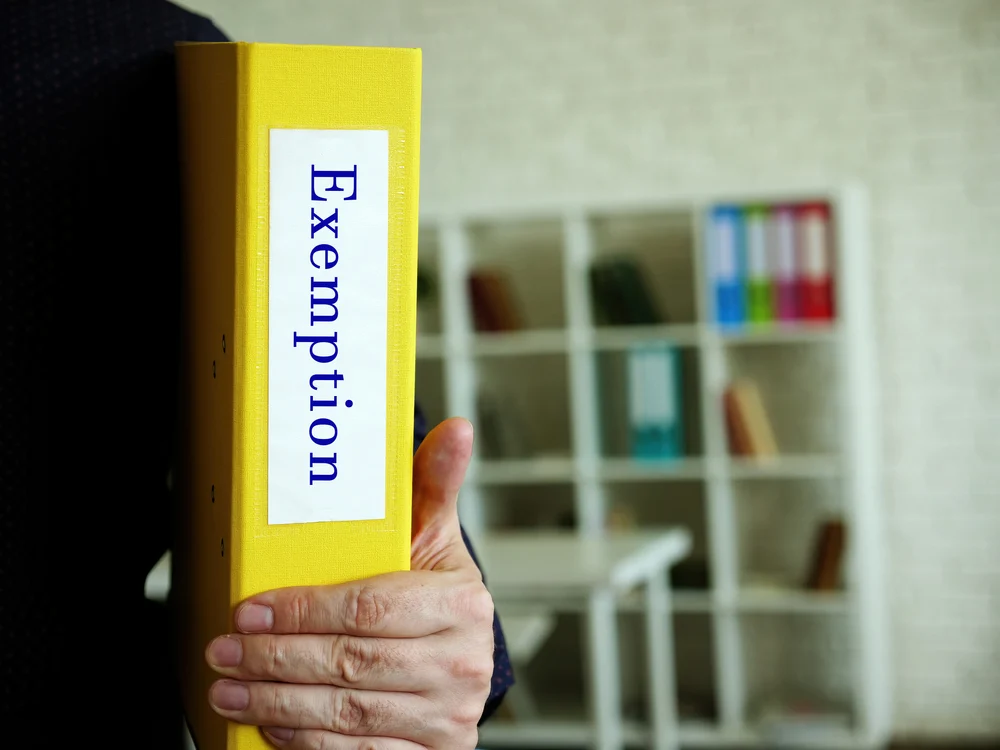The Financial Crimes Enforcement Network (FinCEN) residential real estate reporting rule (the “RRE Rule”) takes effect on December 1, 2025. Its goal is to fight money laundering and improve transparency in the U.S. real estate market.
The RRE Rule requires closing attorneys and title agents to file a beneficial ownership report for every non-financed transfer of residential real property to a “transferee entity” or “transferee trust.”
However, not every non-financed transfer is reportable. Some transferee entities and trusts are exempt. This article explains which transfers qualify for exemption under the RRE Rule.
Why FinCEN Created the RRE Rule
For years, criminals have used real estate to launder money. A common scheme involves purchasing property with cash or cashier’s checks through a corporation or LLC. Later, the property is resold, and the funds appear legitimate.
To prevent this, the RRE Rule requires attorneys and title agents to report non-financed transfers to transferee entities or transferee trusts.
What Is a Transferee Trust?
The RRE Rule (currently available as published in the Federal Register, but which will be published as 31 CFR 1031.320) defines “transferee trust” as
“Any legal arrangement created when a person (grantor or settlor) places assets under the control of a trustee for the benefit of one or more beneficiaries or for a specified purpose, as well as any legal arrangement similar in structure or function to the above, whether formed under the laws of the United States or a foreign jurisdiction. A trust is deemed to be a transferee trust regardless of whether residential real property is titled in the name of the trust itself or in the name of the trustee in the trustee’s capacity as the trustee of the trust.”
Excluded trusts include:
-
A securities reporting issuer defined in 31 CFR 1010.380(c)(2)(i)
-
A trust with a trustee that is a securities reporting issuer defined in 31 CFR 1010.380(c)(2)(i)
-
A statutory trust
-
An entity wholly owned by one of the exempted trust types
What Is a Transferee Entity?
The RRE Rule defines a “transferee entity” as any person other than a transferee trust or an individual. This includes corporations, LLCs, partnerships, and other non-individual legal persons.
Exempt transferee entities include:
-
Securities reporting issuers (31 CFR 1010.380(c)(2)(i))
-
Governmental authorities (31 CFR 1010.380(c)(2)(ii))
-
Banks (31 CFR 1010.380(c)(2)(iii))
-
Credit unions (31 CFR 1010.380(c)(2)(iv))
-
Depository institution holding companies (31 CFR 1010.380(c)(2)(v))
-
Money services businesses (31 CFR 1010.380(c)(2)(vi))
-
Brokers or dealers in securities (31 CFR 1010.380(c)(2)(vii))
-
Securities exchanges or clearing agencies (31 CFR 1010.380(c)(2)(viii))
-
Other Exchange Act registered entities (31 CFR 1010.380(c)(2)(ix))
-
Insurance companies (31 CFR 1010.380(c)(2)(xii))
-
State-licensed insurance producers (31 CFR 1010.380(c)(2)(xiii))
-
Commodity Exchange Act registered entities (31 CFR 1010.380(c)(2)(xiv))
-
Public utilities (31 CFR 1010.380(c)(2)(xvi))
-
Financial market utilities (31 CFR 1010.380(c)(2)(xvii))
-
Registered investment companies (15 U.S.C. 80a-8)
-
Subsidiaries wholly owned by any of the above entities
Differences From the Corporate Transparency Act
The exemption list under the RRE Rule is similar to the Corporate Transparency Act (CTA) but not identical:
-
The CTA included an exemption for “large operating companies” based on revenue and the number of employees. The RRE Rule does not.
-
The CTA exempted some foreign-owned entities. The RRE Rule does not.
Examples of Exempt Entity Transfers
To better understand how exemptions work, here are practical examples:
Example 1: Transfer to Transferee Entity
Mrs. Jones sells a house for cash to ACME, LLC, owned by three individuals.
-
This is a non-financed transfer to a transferee entity.
-
Reportable.
Example 2: Transfer to Excluded Securities Reporting Issuer
Mrs. Jones sells her home for cash to ACME, LLC, wholly owned by a real estate investment trust that files Form 10-Q reports with the SEC.
-
This is a non-financed transfer.
-
Not reportable because the transferee is excluded as a subsidiary of a securities reporting issuer.
Example 3: Transfer to Excluded Bank
Mrs. Jones defaults on her mortgage and sells her house to her mortgage holder, a national bank, in exchange for debt relief.
-
This is a non-financed transfer.
-
Not reportable because the transferee is a bank, one of the exempt categories.
You can find more examples like these in my book: FinCEN Reporting for Residential Real Estate. Check out the book if you want to dig deeper into your understanding of the RRE Rule.
Conclusion
Residential real estate lawyers and title agents must learn the details of the RRE Rule before December 1, 2025. Correctly identifying exempt transferee entities and trusts is essential.
Failing to recognize these exemptions could lead to unnecessary filings—or worse, missed compliance obligations.


